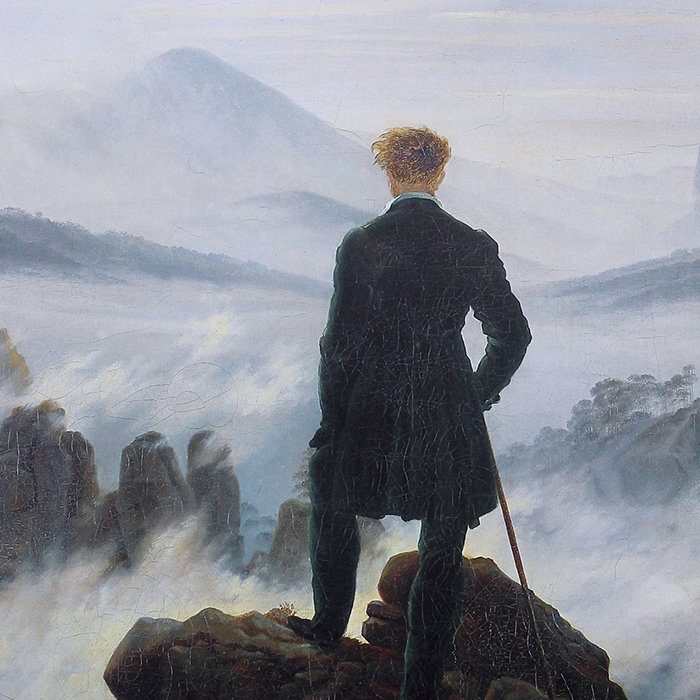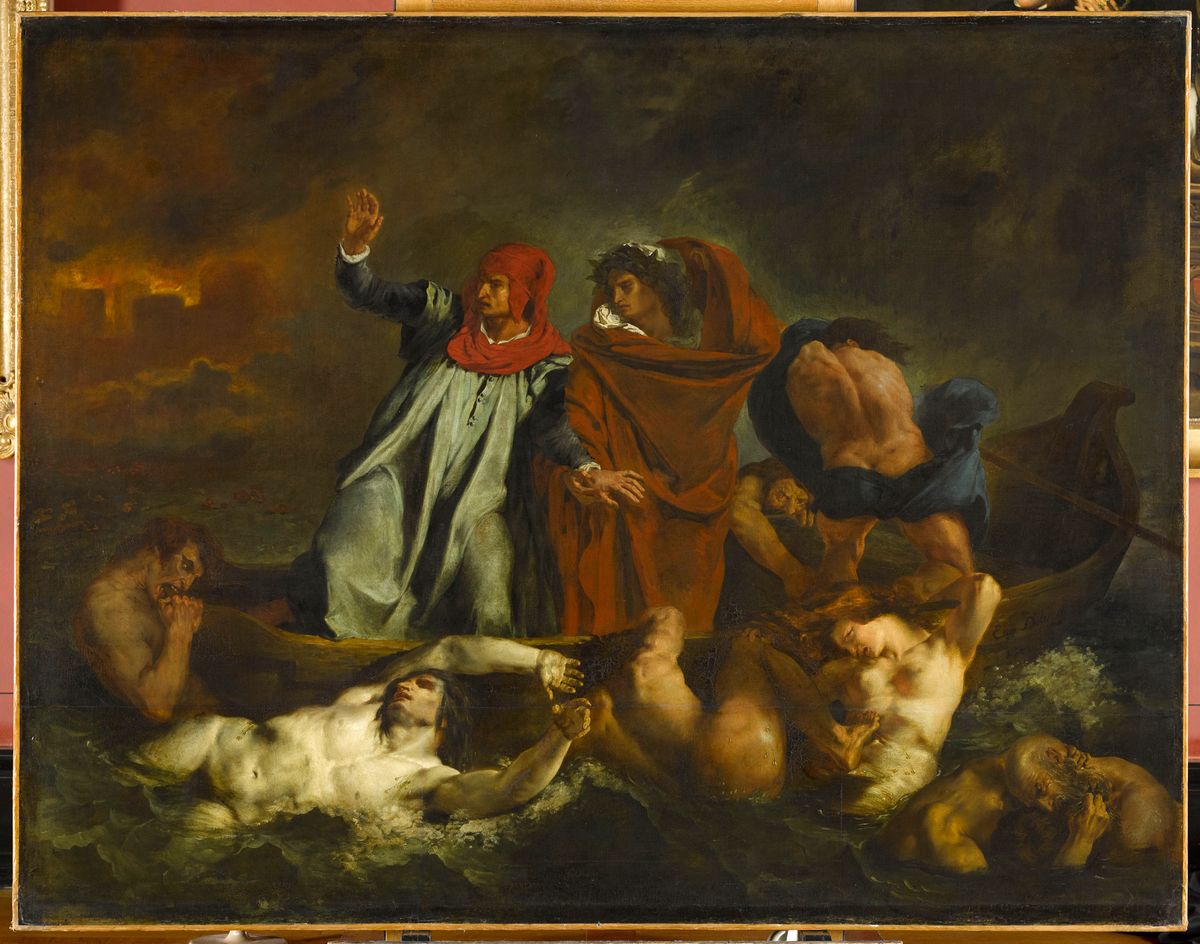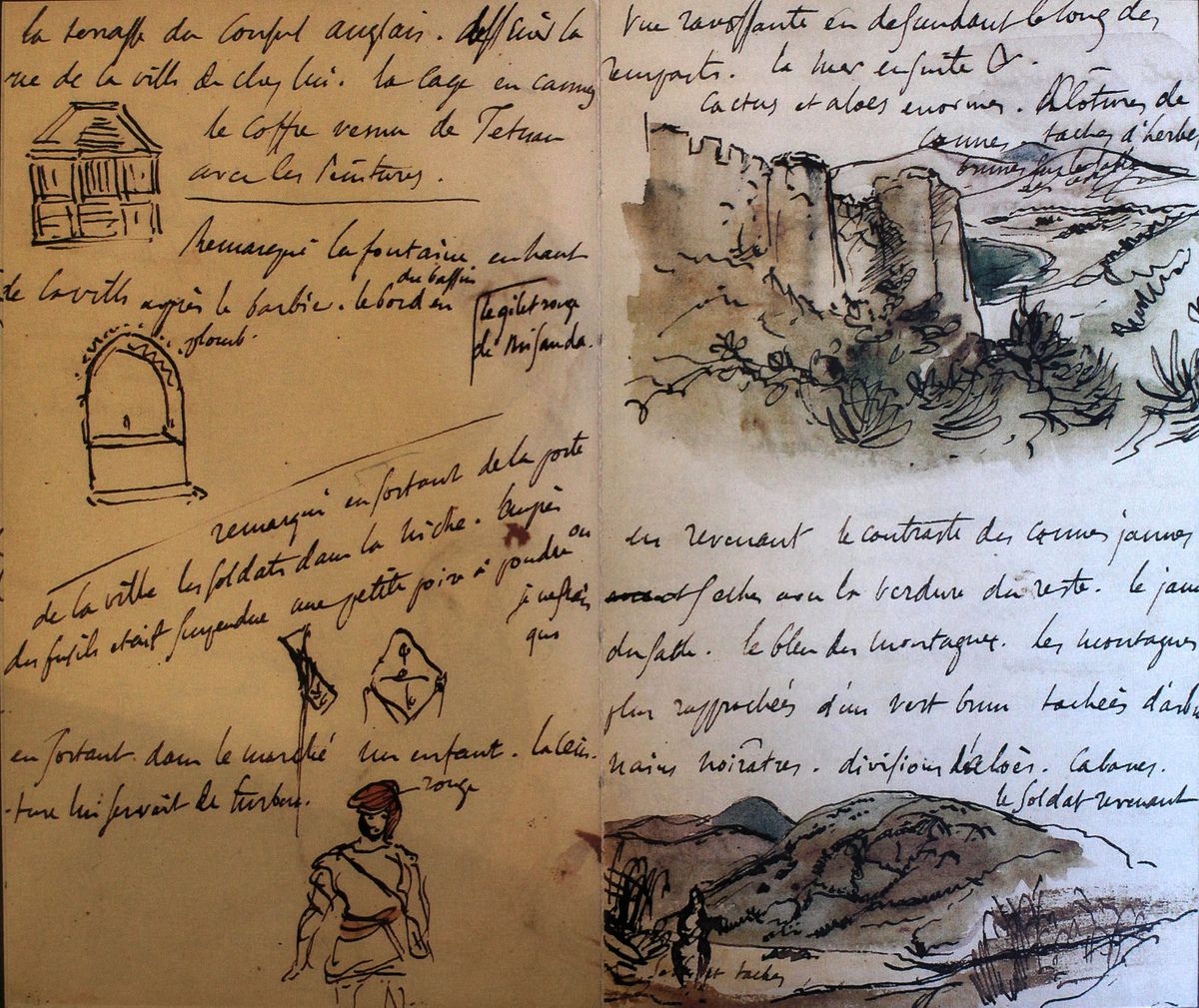


The Radeau de la Méduse (The Raft of the Medusa) was the very first French masterpiece of Romanticism. Be careful, however. In art, Romanticism is not all connected with romantic comedy!
This is not a superficial love story. Instead, the subjects of the paintings were related to …


Romanticism is an artistic movement that gives pride of place to violent feelings and the individual artist.
Romantic art had absolutely nothing to do with the Neoclassicism that was still fashionable at the time! If we need convincing of this, take a close look at two paintings exhibited together in 1827.

Romanticism is the opposite of neoclassicism, both in its subjects and choice of colours and composition.

Romanticism was a European artistic movement with outstanding well-known artists in Germany, England and Spain.

In terms of fame and popularity, there is one Romantic painting that outshines all the others, and it is a work by Delacroix.
Why was this painting so successful? Because it portrays an uprising of the people.
Because of its success, since it was painted, people have reimagined the work and used it in protests.

Delacroix’s well-known Liberté guidant le peuple (Liberty Leading the People) is regularly reimagined to match contemporary events.
This comes from military language. The avant-garde are the soldiers who go out to war first. If there are any enemies along the way, they are the first to be attacked. Only the bravest soldiers are put in this position! In the artistic sphere, avant-garde therefore describes those who are ahead of all the others, those who take risks, trying out new things. They are the opposite of academic artists, who strictly follow the codes taught in the Fine Arts School.

The avant-garde movements are the opposite of Academic art, because they try out new things, far removed from usual practice.

Whether they were avant-garde or academic artists, they all agreed that anything Oriental is fascinating.
Before the 19th century the “Grand Tour” was a journey across Italy to Greece for the most adventurous, to discover the art of the past. But in the 19th century, artists pushed on further, reaching North Africa and the Middle East.
And they came back with sketchbooks bulging with ideas. This enthusiasm for the Orient was known as “orientalism”.
However, actually travelling out there did not seem essential to some people. They invented their own Orient, which bore no relationship to reality.
This is where our Western fantasy about harems comes from. Ingres never travelled in the East.

Western artists’ interest in the Orient is sometimes pure fantasy, bearing no relationship to reality.
Exotism was first experienced by the public in 1831, when Victor Hugo published Notre Dame de Paris (The Hunchback of Notre-Dame).
Nobody really paid attention to this cathedral, which had stood enthroned in the centre of Paris for five centuries. It was in such a bad state that the possibility of demolishing it had been envisaged, but Hugo’s novel changed everything and its restoration was entrusted to architect Viollet-le-Duc in 1844.
After 20 years of public works, the cathedral was restored to its former splendour!


19th century artists and the general public took an interest in the Middle Ages again after the publication of Victor Hugo’s novel.

"*" indicates required fields